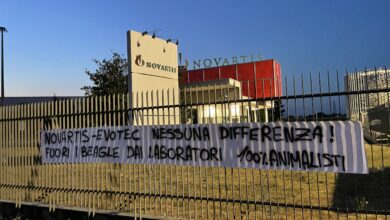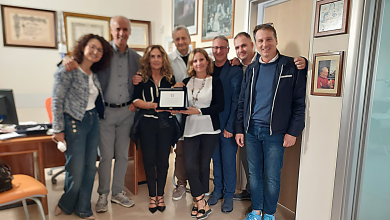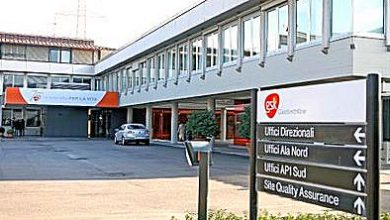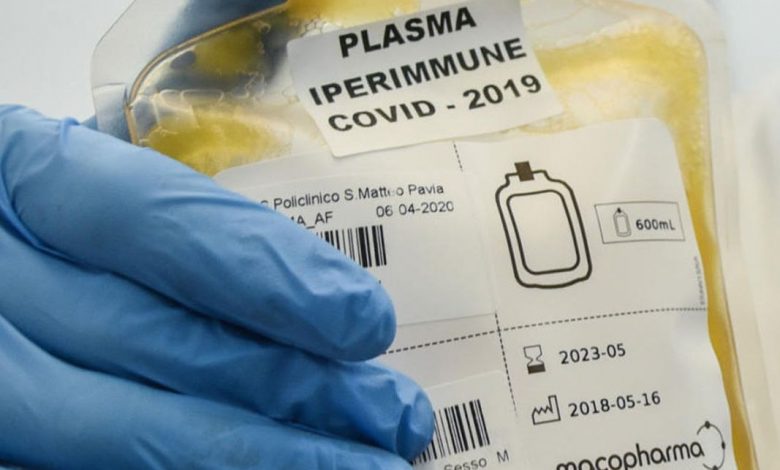
“A democratic cure, at no cost”. “The people helping the people”. “More powerful than a vaccine”. "One cannot but think that the pharmaceutical industries are opposed to this therapy". The bombardment of messages has chosen one of the favorite paths of those who want to spread untruthful or overly emphatic information about the pandemic: Whatsapp, a space notoriously at risk of hoaxes [1].
doctor. but is it true that…? – 26 May 2020 Of THE SCIENTIFIC THOUGHT PUBLISHER
The message that many of us have received opens with "good news" which is said to have "officially arrived from the hospital in Mantua: the deaths from Covid-19 have been zero for almost a month. And we live in Lombardy, the epicenter 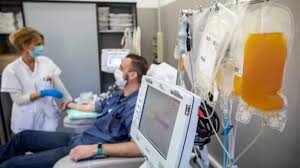 of the epidemic. I repeat RESET”. As the editorial staff of Facta points out, the message is not brief and explains "that it is not a miracle but the results of a test conducted on Covid-19 patients "almost given up" with hyperimmune plasma, which is defined as a “almost zero cost treatment” [2]. What is true in the many statements read in recent days in the press or heard on television? Now let's see it, proceeding step by step as usual. But, in the meantime, we can affirm one thing with certainty: it is not new [3].
of the epidemic. I repeat RESET”. As the editorial staff of Facta points out, the message is not brief and explains "that it is not a miracle but the results of a test conducted on Covid-19 patients "almost given up" with hyperimmune plasma, which is defined as a “almost zero cost treatment” [2]. What is true in the many statements read in recent days in the press or heard on television? Now let's see it, proceeding step by step as usual. But, in the meantime, we can affirm one thing with certainty: it is not new [3].
What is Plasma?
Can all people recovered from Covid-19 donate potentially useful plasma for sick people?
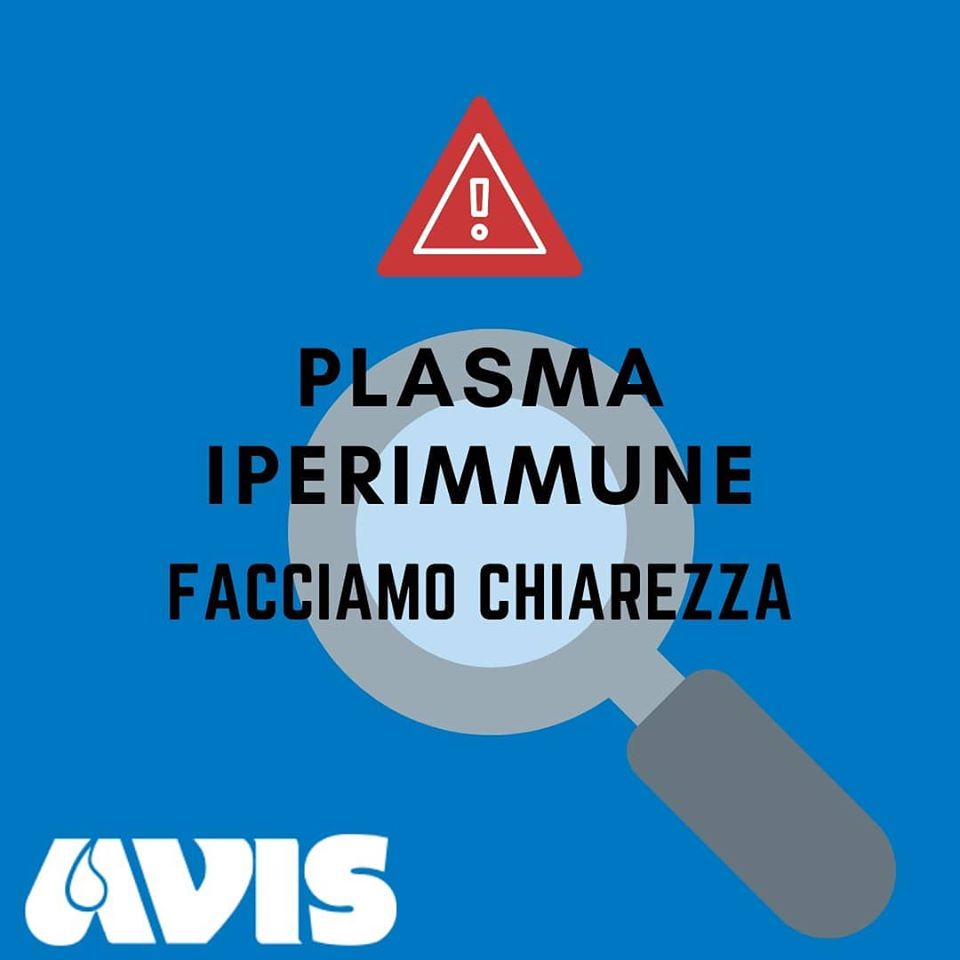 As the Association of Italian Blood Volunteers (AVIS) explains in a fact sheet, "the donor selection criteria are very stringent and require a certain amount of specific antibodies that not all convalescents have". Furthermore, AVIS continues, it is "very unlikely to think of being able to heal all coronavirus patients in the world through transfusions of hyperimmune plasma which, as mentioned above, must meet very strict requirements (...). The goal now is to be able to obtain immunoglobulins from the plasma of convalescents, i.e. plasma-derived drugs rich in antibodies that can be submitted to patients. To achieve this result, however, months of research are needed” [5].
As the Association of Italian Blood Volunteers (AVIS) explains in a fact sheet, "the donor selection criteria are very stringent and require a certain amount of specific antibodies that not all convalescents have". Furthermore, AVIS continues, it is "very unlikely to think of being able to heal all coronavirus patients in the world through transfusions of hyperimmune plasma which, as mentioned above, must meet very strict requirements (...). The goal now is to be able to obtain immunoglobulins from the plasma of convalescents, i.e. plasma-derived drugs rich in antibodies that can be submitted to patients. To achieve this result, however, months of research are needed” [5].How is plasma donated?
The procedure begins like a normal blood donation, with a needle inserted into a vein in your arm. But instead of being pumped into a bag of blood, the liquid is drawn into a machine equipped with a centrifuge where the plasma is separated from the other blood components. The plasma is collected in a separate container and the blood drawn is returned to the patient with a saline solution thanks to the needle already in the arm. This process is repeated a few times until the right amount of plasma is collected, which varies by weight. The effects on the donor are mostly similar to those of a normal blood donation: a little dizziness or a feeling of lightheadedness, but in most cases nothing happens. From a single donation two to four units of plasma can be obtained, each of which can be transfused into a sick patient.
Isn't this a new treatment?
 Convalescent plasma from recovered COVID-19 patients can be used for infection prophylaxis or disease treatment. In a prophylactic modality, the advantage of administering convalescent serum is that it can prevent infection and subsequent disease in those who are at high risk of disease, such as vulnerable individuals with underlying medical conditions, healthcare workers, and persons with exposure to confirmed cases of Covid-19. Passive administration of antibodies to prevent disease is already used in clinical practice [7].
Convalescent plasma from recovered COVID-19 patients can be used for infection prophylaxis or disease treatment. In a prophylactic modality, the advantage of administering convalescent serum is that it can prevent infection and subsequent disease in those who are at high risk of disease, such as vulnerable individuals with underlying medical conditions, healthcare workers, and persons with exposure to confirmed cases of Covid-19. Passive administration of antibodies to prevent disease is already used in clinical practice [7].
Is this a therapy that can work?
Wait, Doctor: what is a randomized trial?
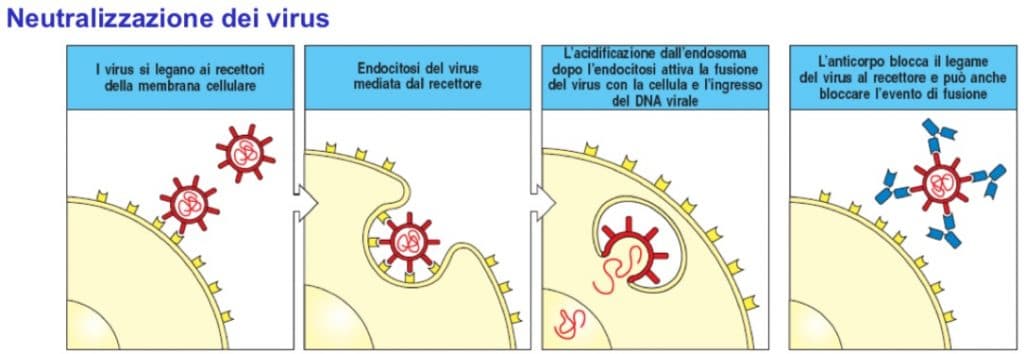 It is a trial in which one intervention – in this case it would be convalescent plasma treatment – is compared with another intervention to establish its efficacy and safety. Here are the essential elements of the "design" of such a study: the patients assigned to the treatment under study must be comparable (in other words, "similar") to those who will receive the comparison treatment and, therefore, cannot be " more or less sick”, “more or less elderly” and so on. Second, the assignment of the experimental treatment to each patient must be randomized. All randomized trials are also prospective, because patients exposed to the experimental treatment and to the comparison therapy (these are defined as "controls" and, hence, the study is also called "controlled") are followed over time to observe the outcome of the intervention itself.
It is a trial in which one intervention – in this case it would be convalescent plasma treatment – is compared with another intervention to establish its efficacy and safety. Here are the essential elements of the "design" of such a study: the patients assigned to the treatment under study must be comparable (in other words, "similar") to those who will receive the comparison treatment and, therefore, cannot be " more or less sick”, “more or less elderly” and so on. Second, the assignment of the experimental treatment to each patient must be randomized. All randomized trials are also prospective, because patients exposed to the experimental treatment and to the comparison therapy (these are defined as "controls" and, hence, the study is also called "controlled") are followed over time to observe the outcome of the intervention itself.Returning to the treatment of Covid-19 with convalescent plasma, this situation of uncertainty regarding the benefits of the therapy was confirmed by a study which summarized the results of all the research conducted to date. It is a "systematic review" and was conducted by a group of researchers from various international centers who are part of Cochrane, a non-profit organization whose purpose is to synthesize the evidence deriving from the research [8] . Eight completed and 32 ongoing studies were found and analysed. Mostly, these were researches that were not very rigorous from a methodological point of view, which enrolled few patients who often suffered from concomitant diseases of Covid-19: for these and other reasons, the quality of the results was judged very low and, therefore, to be considered with great caution. Ultimately, from the results of the available studies it is not known whether the "cure" reduces the mortality of patients with Covid-19, or whether it improves the symptoms of the disease.
If these are the data, why are we talking about it as a "miraculous" therapy?
According to the reconstruction carried out by the journalists of Valigia Blu, "in mid-March, just under a month after the first official case of local contagion in Codogno, the first protocol was also launched in Italy with the aim of being able to carry out this experiment to help more serious cases of Covid-19. It is an agreement signed by a series of regional centres, including the Asst (formerly ASL) of Mantua and the San Matteo Polyclinic of Pavia" [9]. But the information about the zeroing of deaths in the hospital of the Lombard province is groundless, specified the editorial staff of Do it: "There is no trace of it on the Asst Mantova website and it has not been confirmed by the hospital contacted" [2].
In Italy, have institutions launched a study on the use of convalescent plasma for the treatment of Covid-19?
It was authorized by the INMI ethics committee “L. Spallanzani” the TSUNAMI study (acronym of TranSfUsion of coNvaleScent plAsma for the treatment of severe pneuMonIa due to SARS-CoV-2), a national randomized comparative study to evaluate the efficacy and role of plasma obtained from convalescent patients from Covid-19 . The single opinion issued by the Spallanzani ethics committee has immediate validity throughout the national territory. The study, activated on the recommendation of the Ministry of Health, is promoted by the Istituto Superiore di 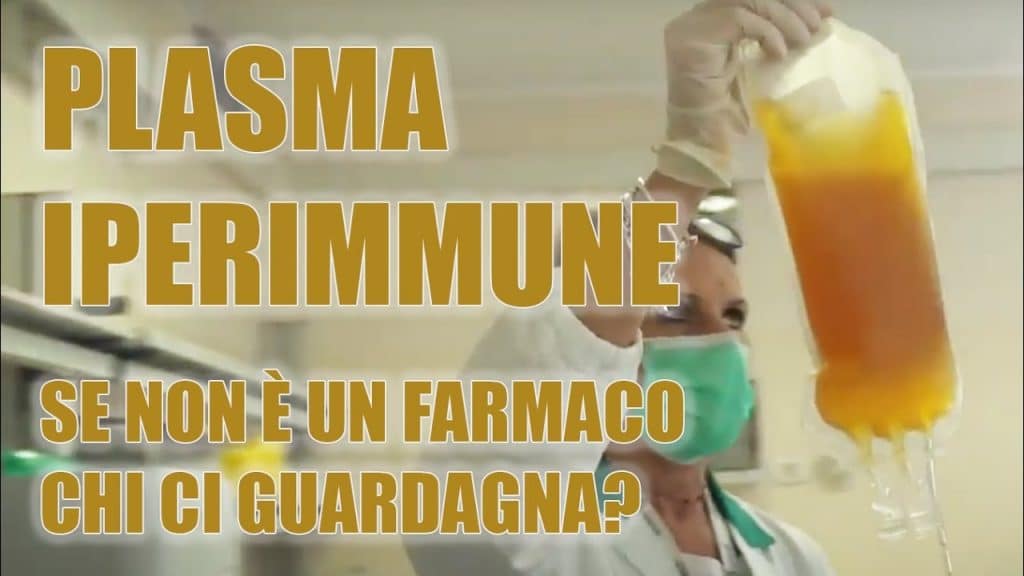 Healthcare and by the Italian Medicines Agency and currently involves 56 centers, distributed in 12 Regions. The experimentation guarantees a unique and uniform approach to convalescent plasma therapy and will make it possible to obtain solid scientific evidence on the role of this therapeutic strategy and to provide, in an unambiguous, transparent and rapid manner, information and answers to questions about its safety and effectiveness.
Healthcare and by the Italian Medicines Agency and currently involves 56 centers, distributed in 12 Regions. The experimentation guarantees a unique and uniform approach to convalescent plasma therapy and will make it possible to obtain solid scientific evidence on the role of this therapeutic strategy and to provide, in an unambiguous, transparent and rapid manner, information and answers to questions about its safety and effectiveness.
How are other nations doing?
In France, the use of convalescent plasma is currently only permitted in the context of clinical trials [13].
To return to the original question: is the use of convalescent plasma hampered by the pharmaceutical industries?
To know if this treatment can actually work, we must hope to have reliable and rigorously collected data on a large number of patients soon. We also know that it is not easy to find suitable donors, plasma donation cannot be too frequent and the procedures are still quite complex in terms of safety
Related news: Does hyperimmune plasma become a business?/ Pharmaceutical project presented in the Senate
Bibliography
- 1 . De Fiore L, “Covid-19 and Whatsapp”. Published March 23, 2020. Accessed May 16, 2020
- 2 . “What we know about plasma treatment (and the hoax of “zeroed” deaths in Mantua“. Fact 2020; published on 5 May. Consulted on 19 May 2020
- 3 . Marano G, Vaglio S, Pupella S, et al. “Convalescent plasma: new evidence for an old therapeutic tool?”. blood transfusion. 2016 Mar;14(2):152
- 4 . Herrera T, “What Is Convalescent Blood Plasma, and Why Do We Care About It?”. New York Times 2020. Published April 24, 2020. Updated April 27, 2020. Accessed May 18, 2020
- 5 . AVIS. "Hyperimmune plasma and serological tests, here's what you need to know". Published May 7, 2020. Accessed May 18, 2020
- 6 . “Plasma therapy: the position of the Emilia-Romagna Region”. Site of the University Hospital of Parma. Published on May 4, 2020. Updated on May 7, 2020. Consulted on May 18, 2020
- 7 . Casadevall A, Pirofski LA, “The convalescent sera option for containing COVID-19”. J Clin Investigation 2020 Apr 1;130(4):1545-8
- 8 . Valk SJ, Piechotta V, Chai KL, et al. “Convalescent plasma or hyperimmune immunoglobulin for people with COVID-19: a rapid review”. Cochrane Database of Systematic Reviews 2020, Issue 5. Art. No.: CD013600. DOI: 10.1002/14651858.CD013600
- 9 . Zitelli A, "Covid-19 and the treatment with plasma". Published May 9, 2020. Accessed May 18, 2020
- 10 . Italian Medicines Agency. “Tsunami study authorised”. Published on May 15, 2020. Updated on May 18, 2020. Consulted on May 19, 2020
- 11 . Maxmen A, “How blood from coronavirus survivors might save lives”. Nature 2020; published on March 24th. Consulted on May 18, 2020
- 12 . FDA. “Recommendations for Investigational COVID-19 Convalescent Plasma”. Published May 1, 2020. Accessed May 18, 2020
- 13 . ANSM. “COVID-19: L'ANSM encadre le recours possible à l'utilisation de plasma de personnes convalescentes pour des patients ne pouvant être inclus dans les essais cliniques”. Published on April 30, 2020. Accessed on May 18, 2020
- 14 . AVIS. “Covid-19 and hyperimmune plasma”. Published May 2, 2020. Accessed May 19, 2020
AVIS note: We remind you that in Italy blood and all blood components are considered a public good protected by law. The plasma collected in Italy comes from voluntary, periodic, responsible, anonymous and free donations. It constitutes the raw material for the production, through industrial separation and fractionation processes, of plasma-derived medicines, some of which represent real "life-saving" drugs. Italy currently ranks among the first in Europe for the quantity of plasma collected and sent to pharmaceutical companies authorized for industrial processing. The ownership of the plasma raw material as well as its derivatives is public. The Regions, individually or in associated forms, deliver the plasma collected by the Transfusion Services of their territory to the company authorized for the industrial transformation of plasma for the production of plasma-derived medicines. The contract with the companies, which operate as service providers, is considered a method of "processing for third parties" and is configured as an agreement for the production of such medicines.

